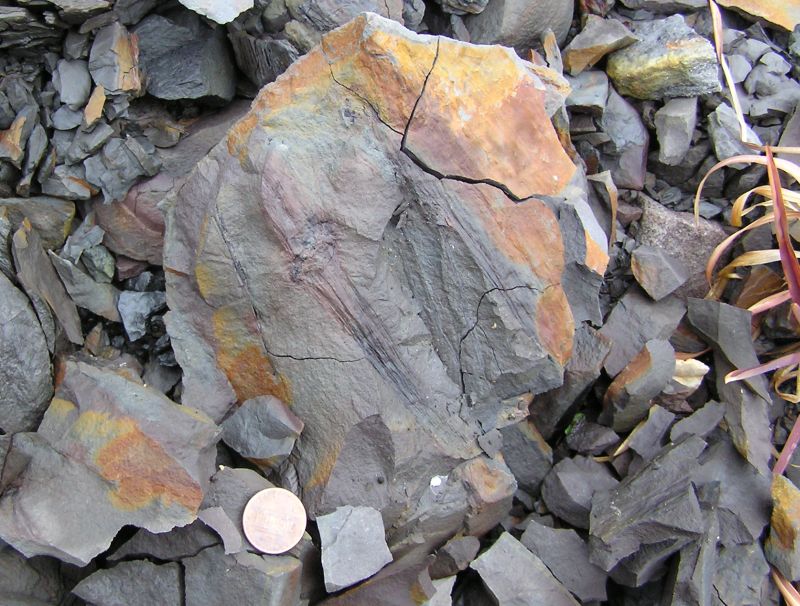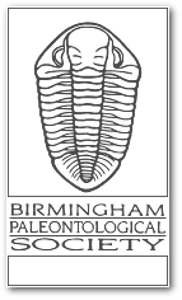Another trip not put off for "rain, nor sleet, nor snow etc." Near-freezing temperatures, 100% chance of rain, an overcast sky and icy drizzle to begin the day were all on the menu at the BPS field trip in February to strip-mine sites in Bibb and Shelby county. To give you an idea of what we decided to brave, our host at our first stop, an active coal washing site, didn't show up until we called him, because he thought that nobody in their right mind would be out there! Well, you know, as Nancy remarked, "Once you start finding things, you forget how cold you are!" And this from somebody wearing a "Teenage ninja fossil-hunter suit." Of course, all were outfitted in attractive hard-hats, an MSHA requirement for visits to active mining sites. Just try keeping those on while bending over to find bits and pieces of neat stuff!!! Next time, we should bring little elastic strings to hold them on! Perhaps we should have been wearing them on the parts of our anatomy most-often turned towards the sky!
So, there were the most hard-core of the BPS'ers, happily finding plenty of plant fossils. Our first site was at a coal washing facility, where a variety of plant material was found, including numerous stem impressions, casts, and parts of tree ferns. Excited cries, of "Wow, look at this one!" made it hard to leave for the next site, an abandoned mine a few miles back in the woods, but, the word that we could lose the hardhats, among other attractions, won the gang over.
The second site was in the boonies, even for that area of the state, way down a long dirt road through the woods, through a locked gate, near where a prison used to house people who were busting rocks against their will, so to speak. This second site was very prolific, and members found tree ferns, calamites, and a few tree fern seeds. Some very nice specimens were found, including new "doorstops" for some members.
It was decided to move on to a third site, but the road was too muddy for us to drive up to it. This must be a good place, though, because at least one nice specimen was found near the entrance: a beautiful little silhouette of lacy fern leaves from so very long ago.
One more stop, to look at a site containing remains of bark impressions and calamites casts. There were some nice tree fern specimens in very fragile, easily crumbled rock. A number of fossils were in rocks too large to lug home, and our hands were too frozen, anyhow! Then we finally decided it was time to think about heading home for hot baths, hot laundry, hot food and a nice, long rest. Maybe our next trip will be graced with sunshine and gentle breezes!
--Edited by Vicki Lais
(photos courtesy Vicki Lais)
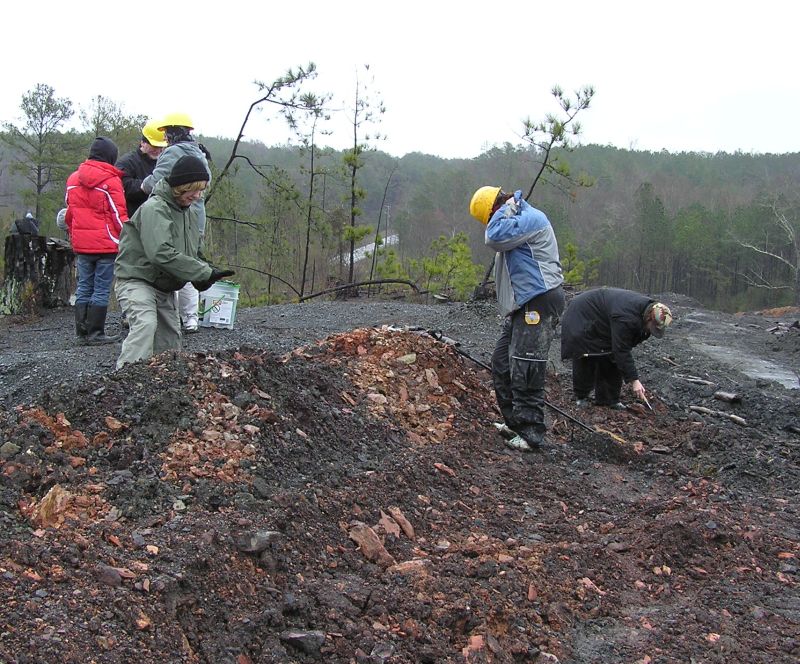
Some of the group on top of a spoil pile.
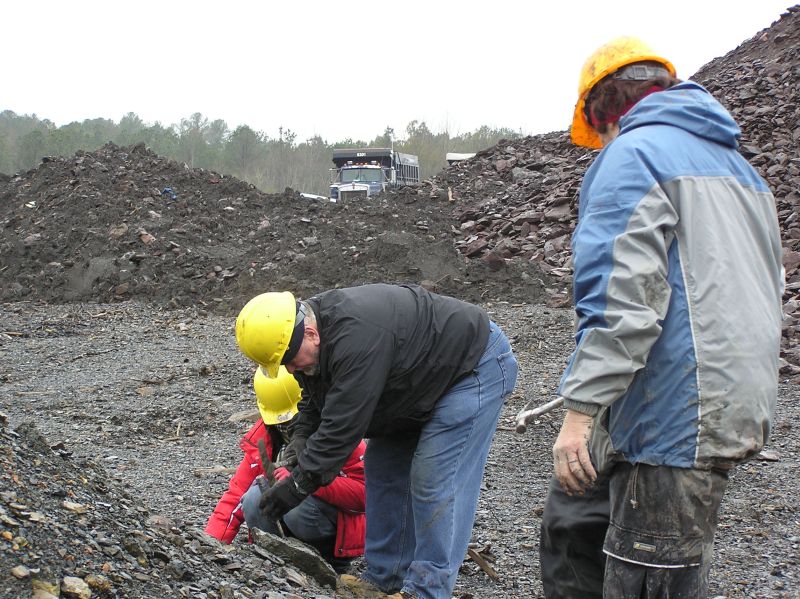
Greg demonstrating how to get the fossil out safely without taking home the entire rock.
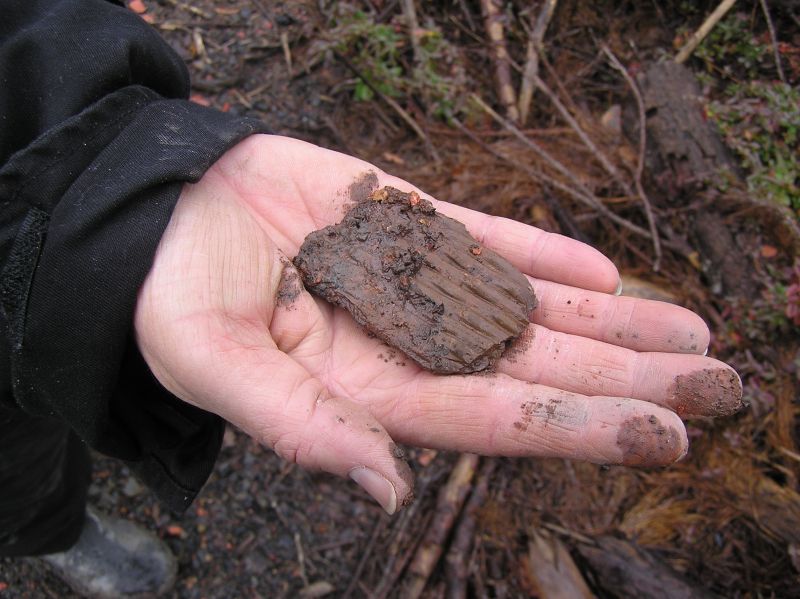
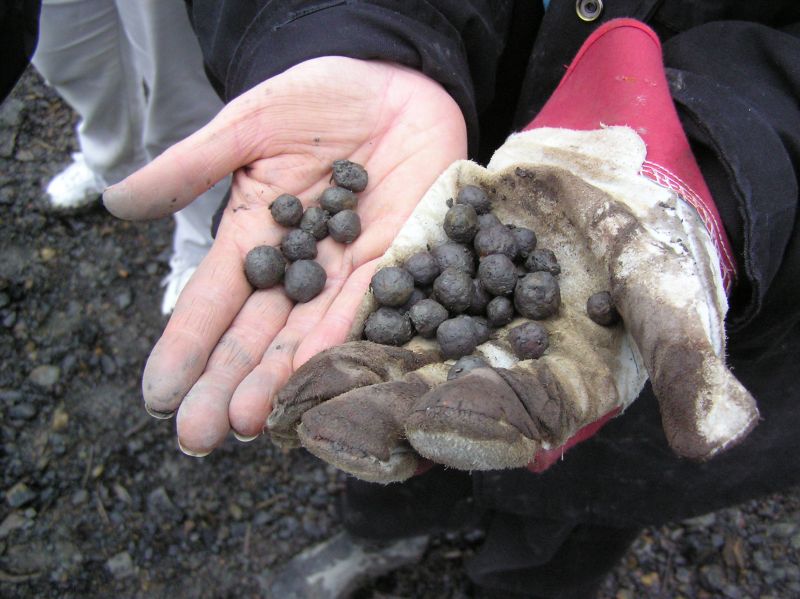
Small balls of iron ore used in the ironmaking process. These apparently date to the 1940's and 50's when coal mines in the area were in full force and trains carried various materials between the mines and the steel plants.
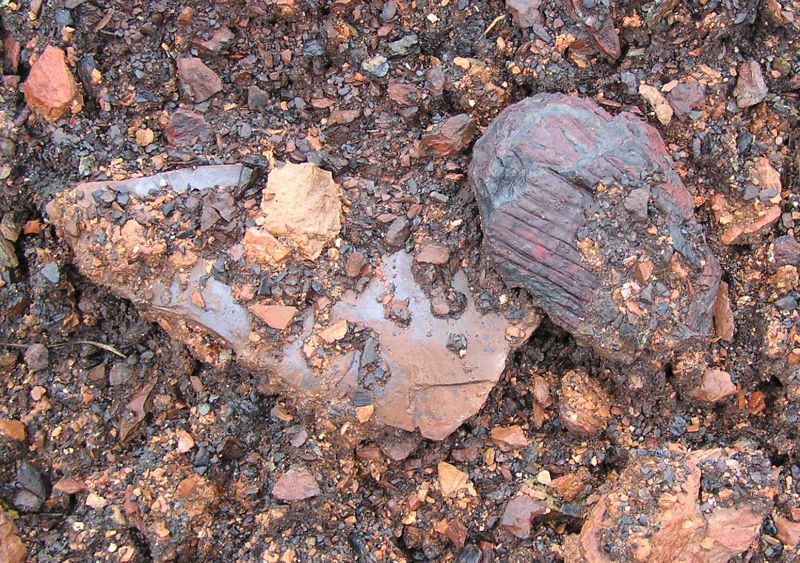
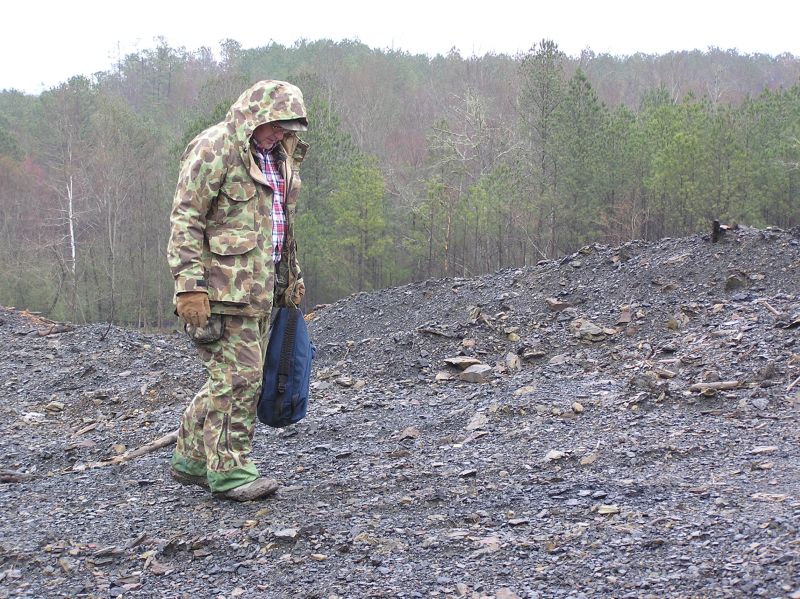
Bill searching for more fossils.
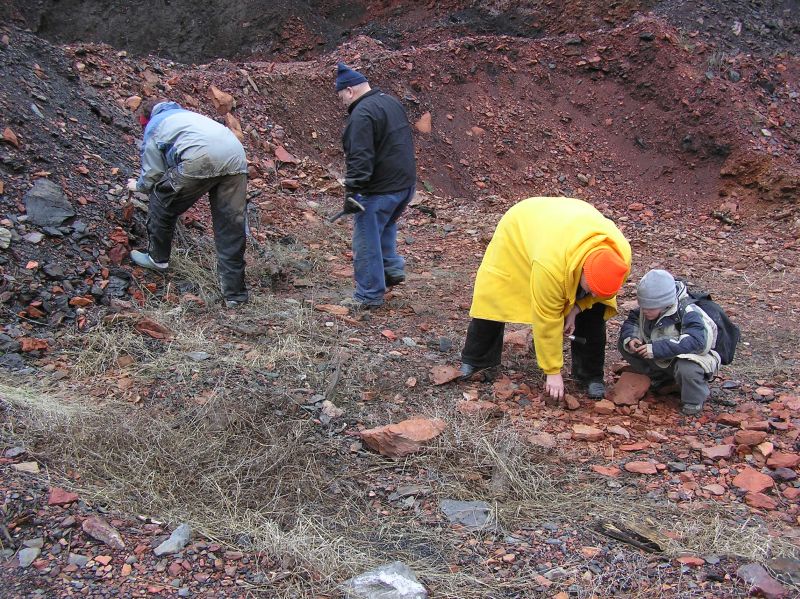
At our second site, many of the rocks were red rather than gray. This was due to the rocks being "burned" at some time in the past, perhaps with a smouldering coal fire.
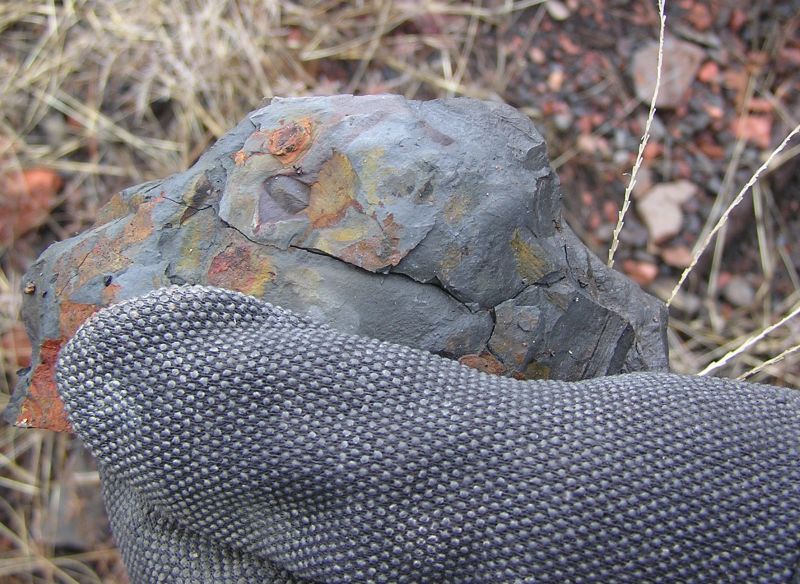
Nice "tree fern" seed fossil found by Greg.
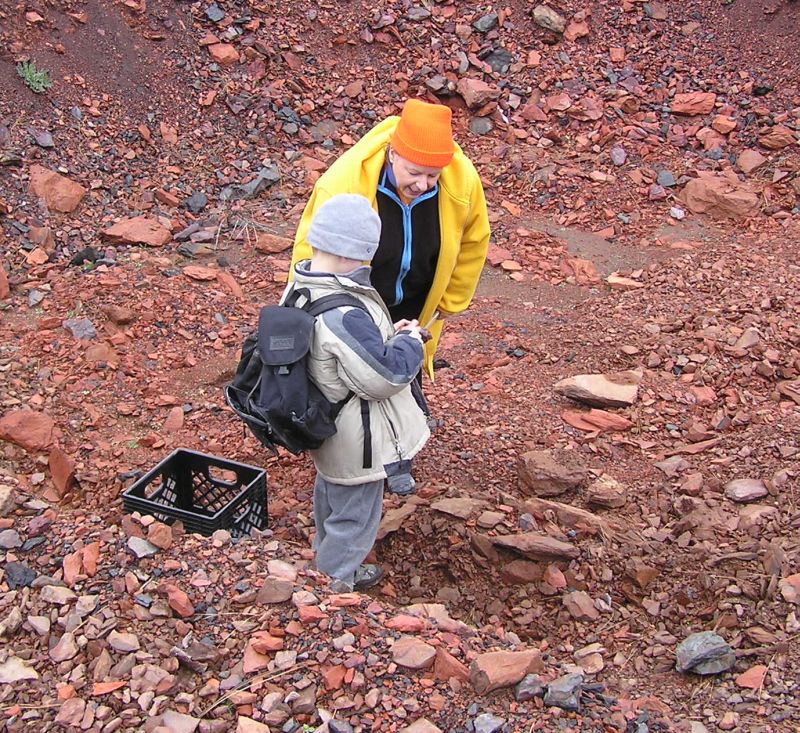
Leisa helping identify the fossil Ryan has found.
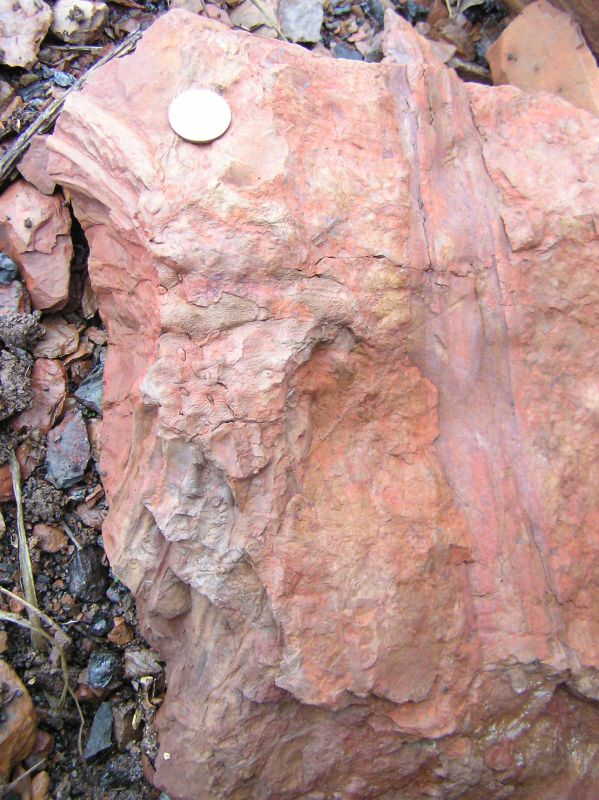
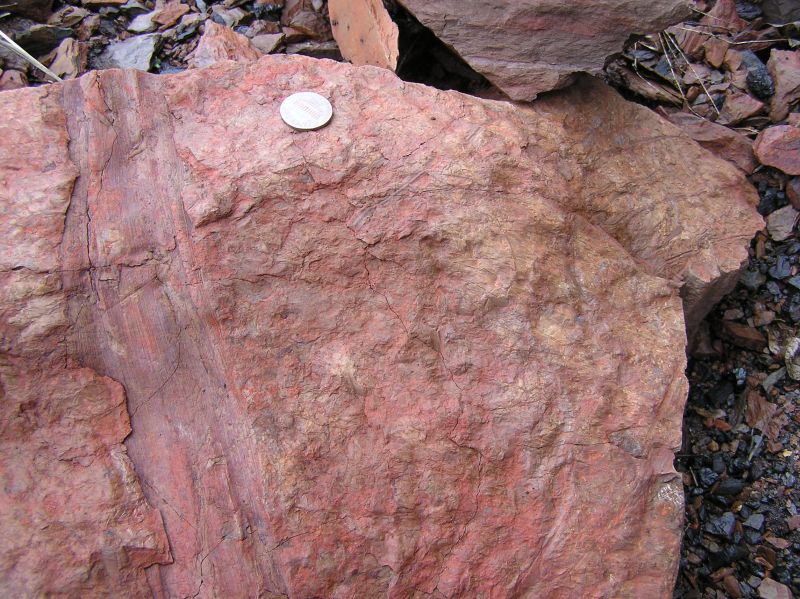
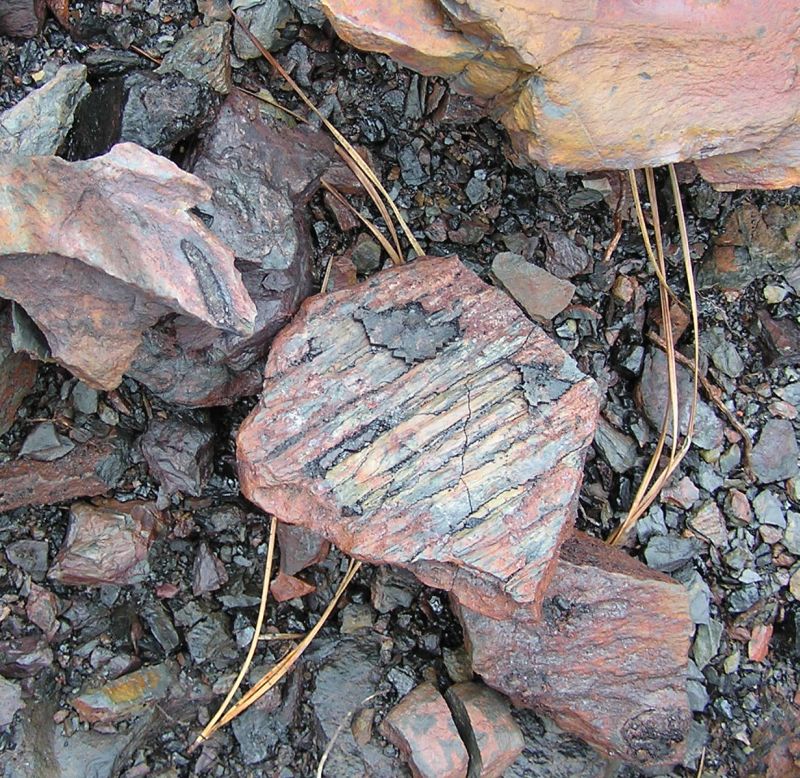
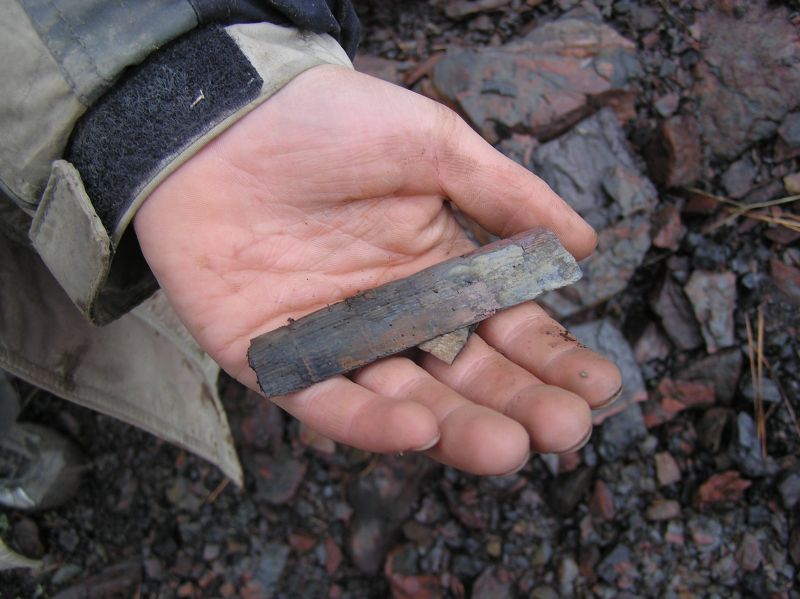
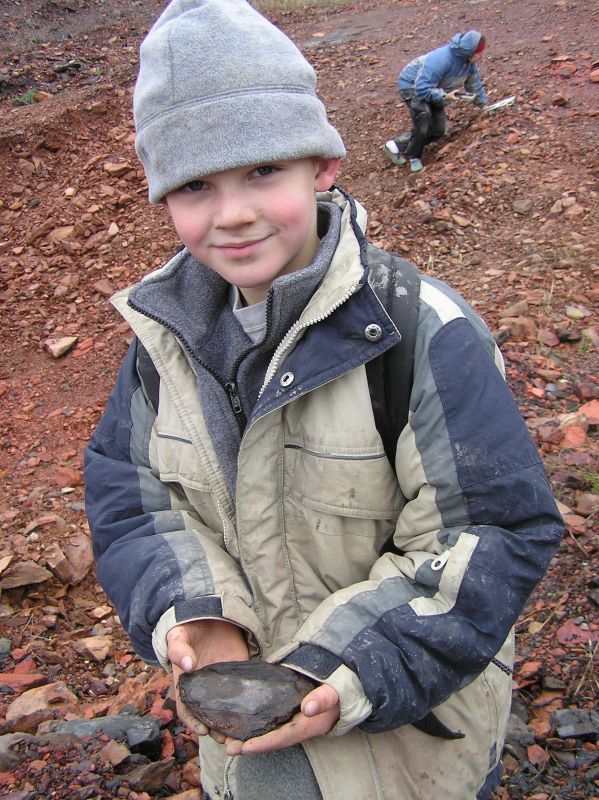
Ryan has found a nice fossil.
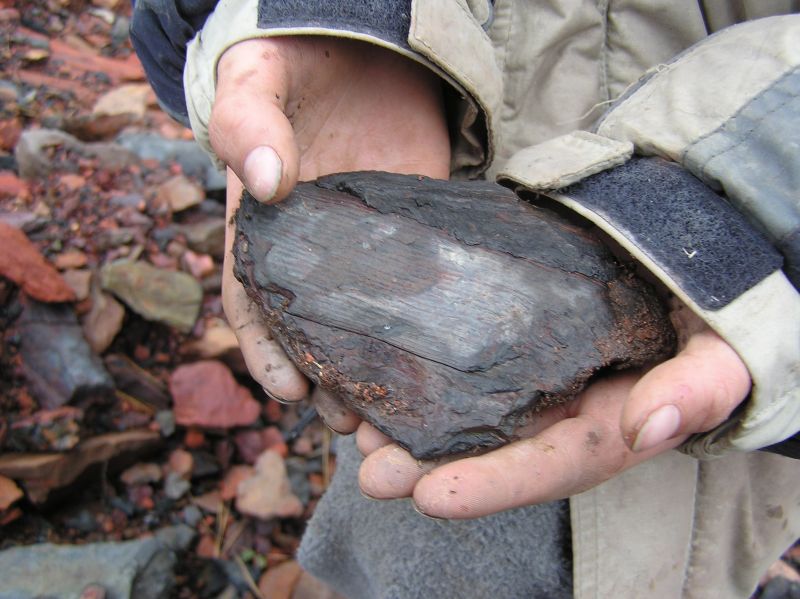
A closer look at the calamites Ryan has found.
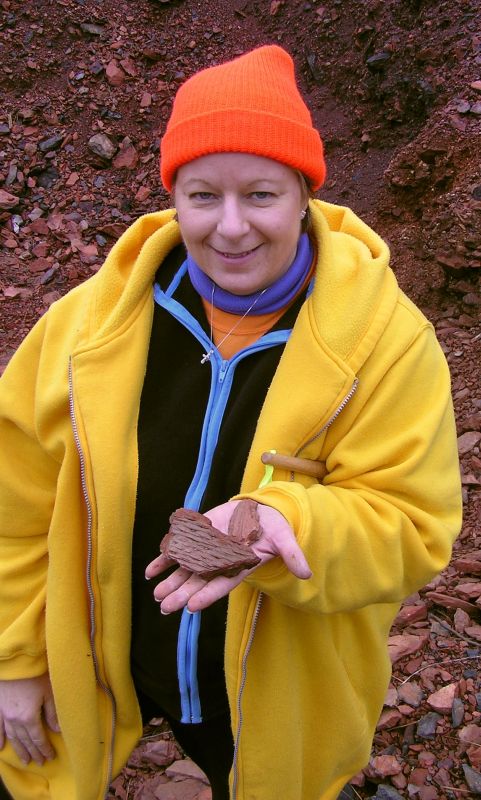
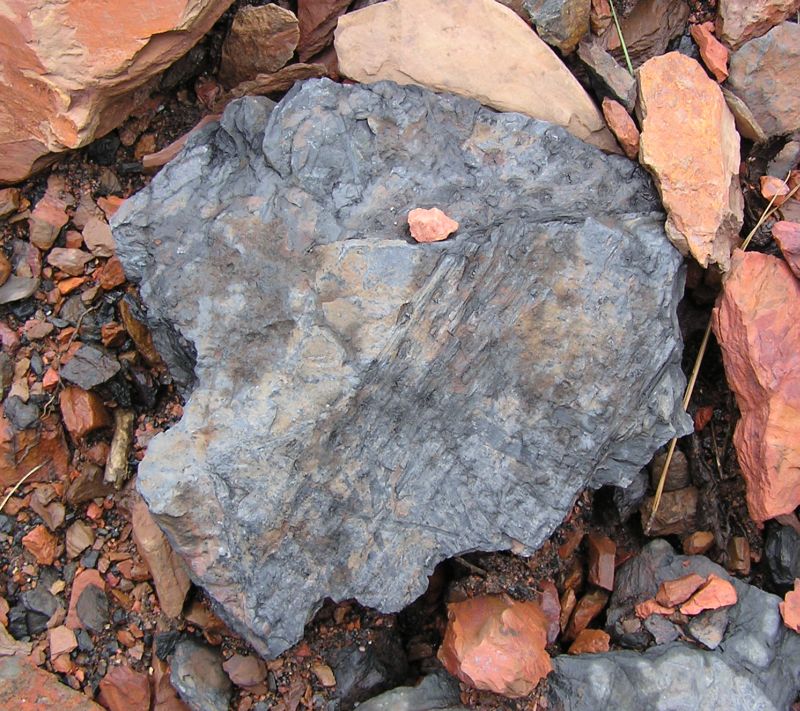
Stigmaria (roots of a Lycopod, possibly Lepidodendron)
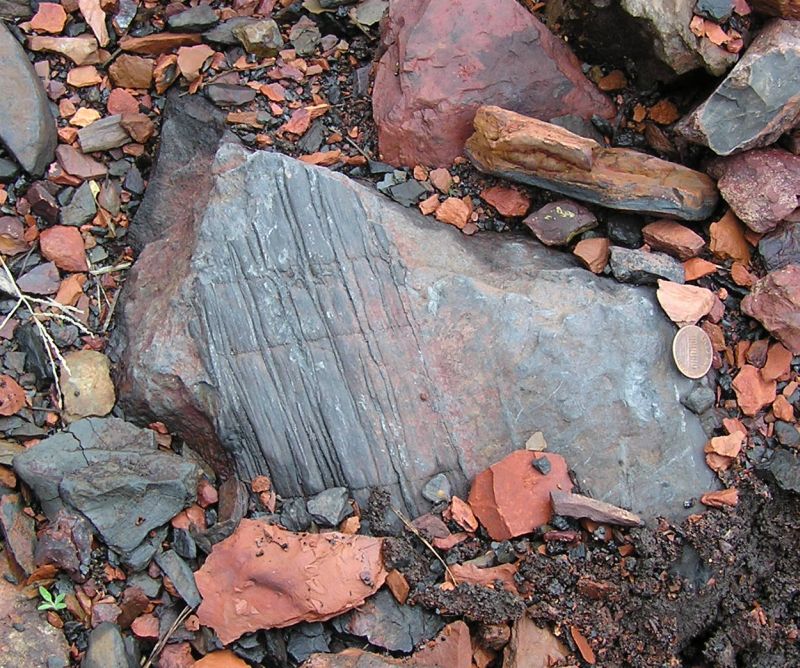
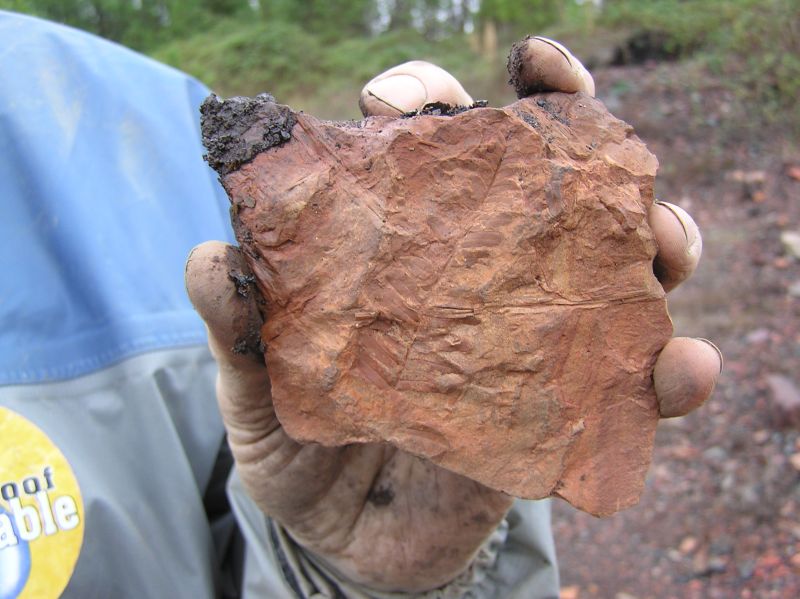
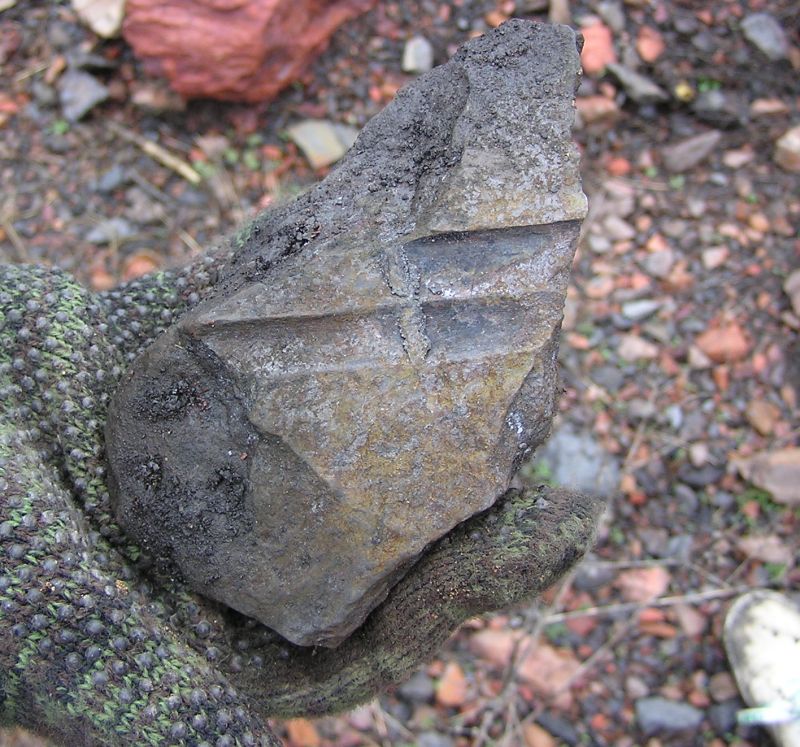
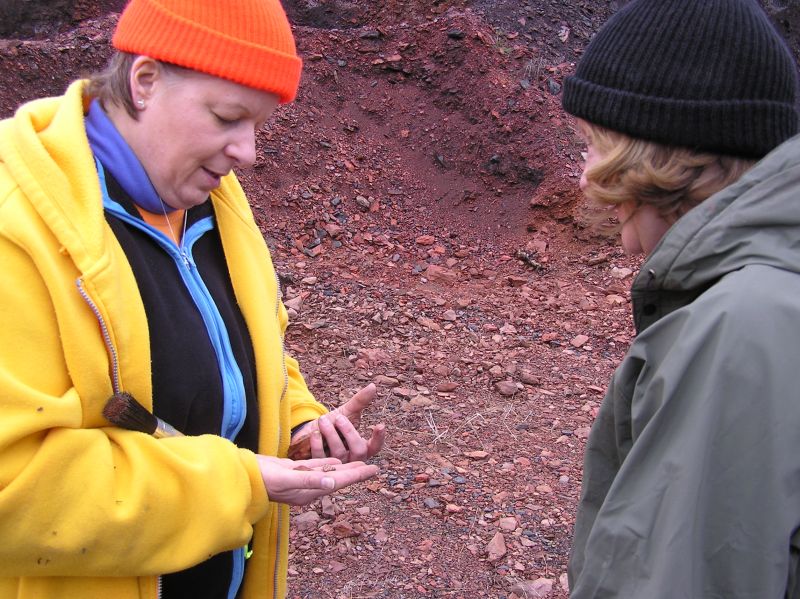
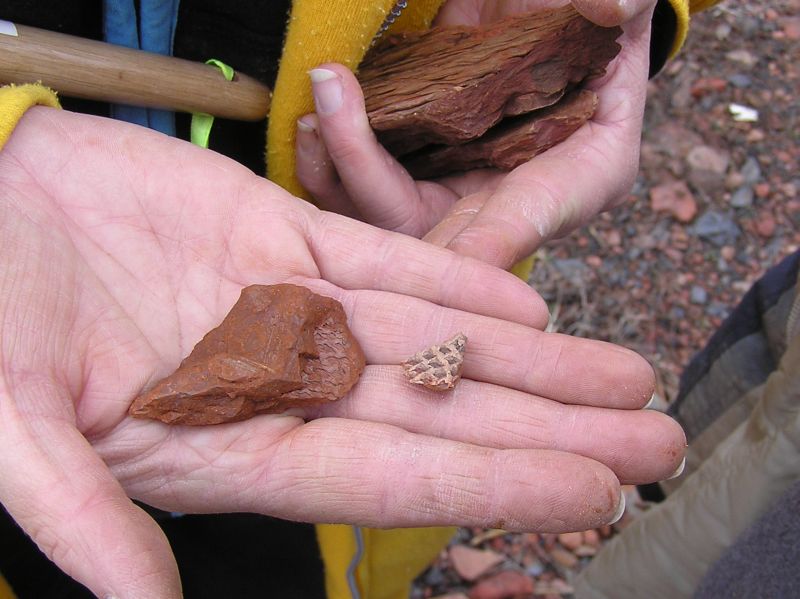
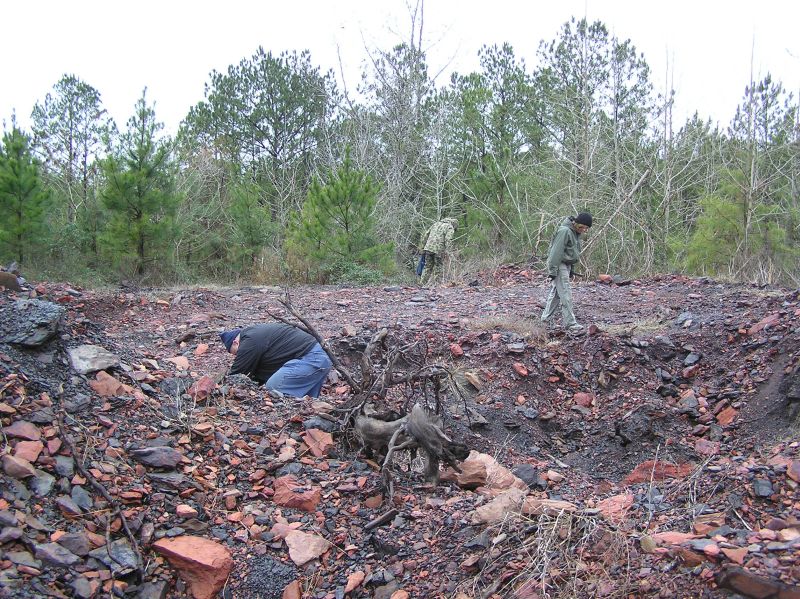
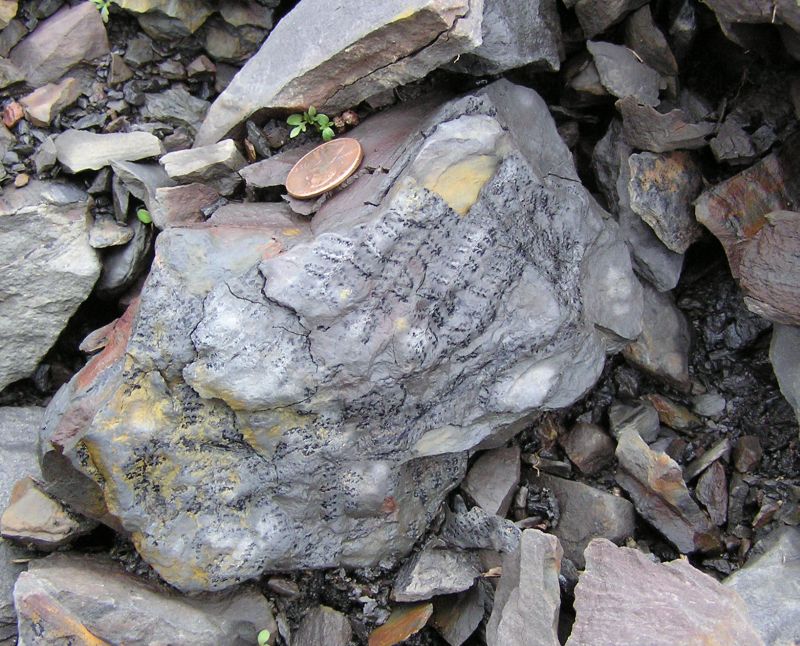
Nice fern, possibly Sphenopteris.
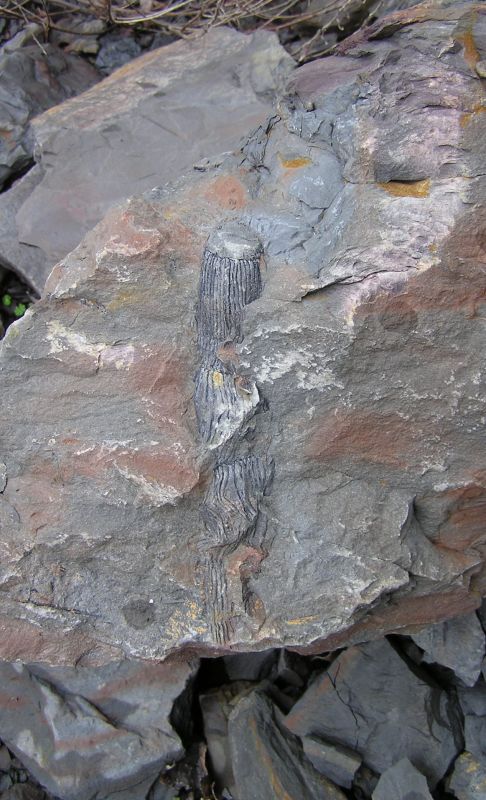
Calamites stem cast.
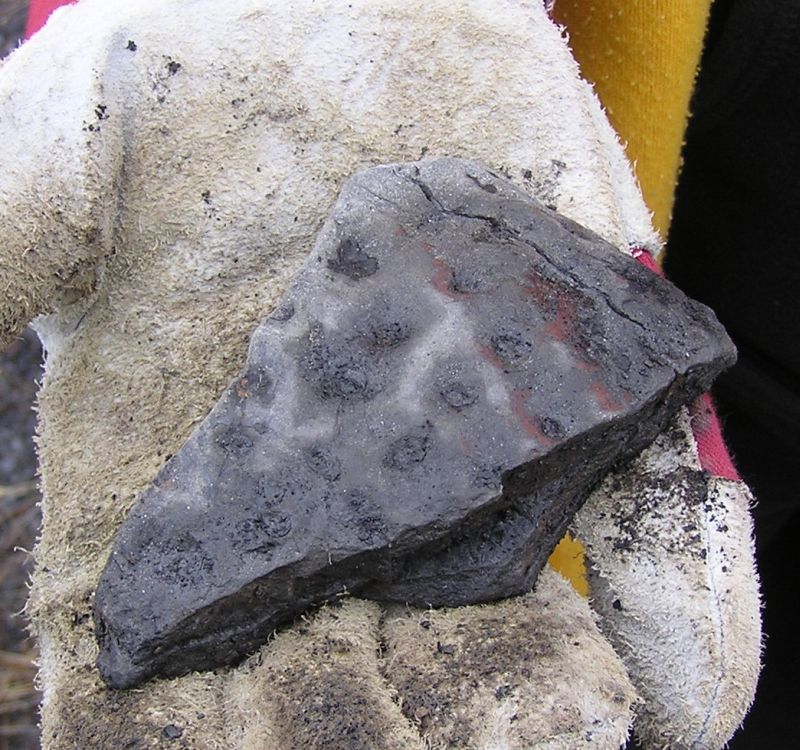
Probably Stigmaria, a lycopod root.
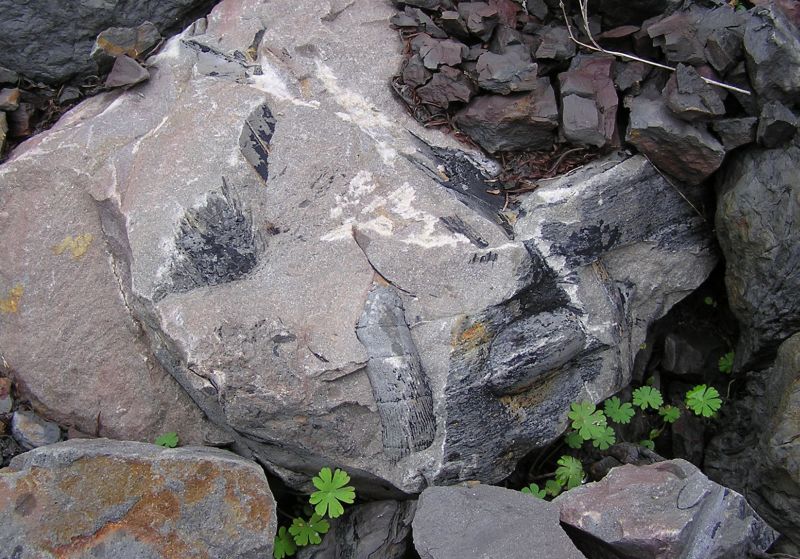
Calamites stem cast.
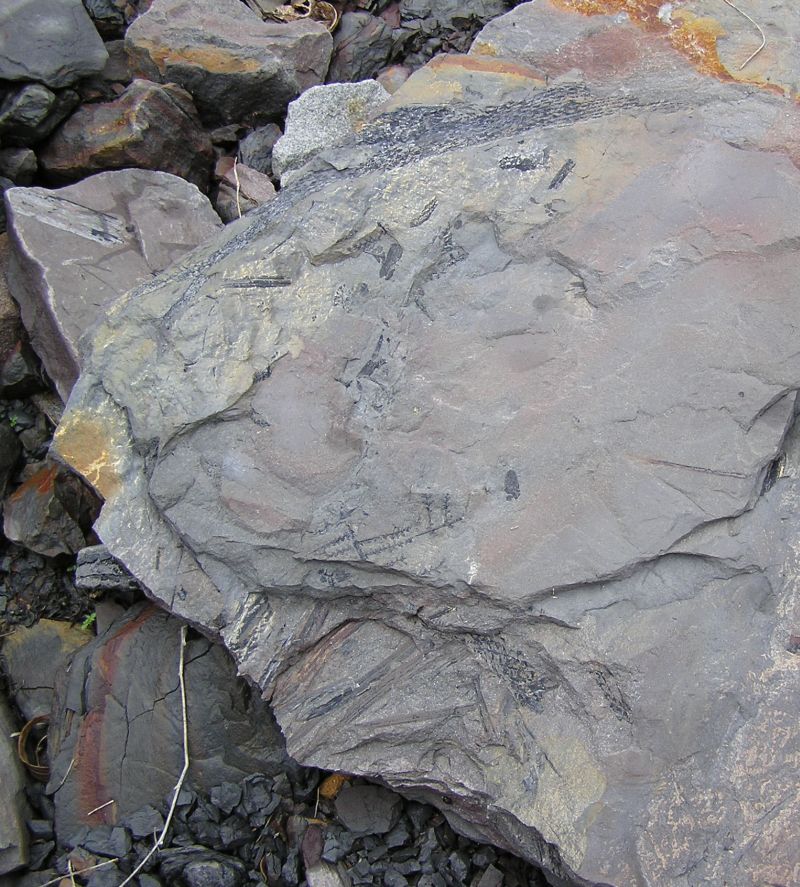
Tree fern outer stem covering and fern-like leaves, probably Sphenopteris.
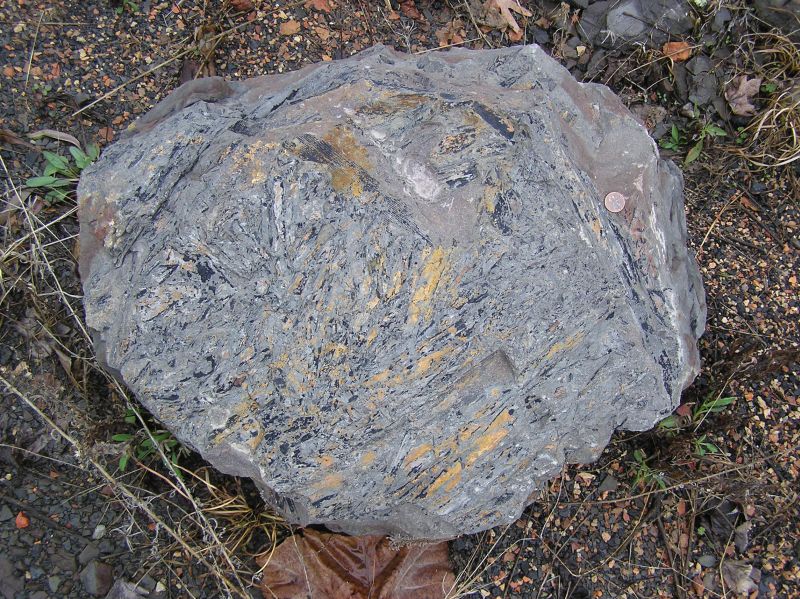
A hash of leaves and stems.
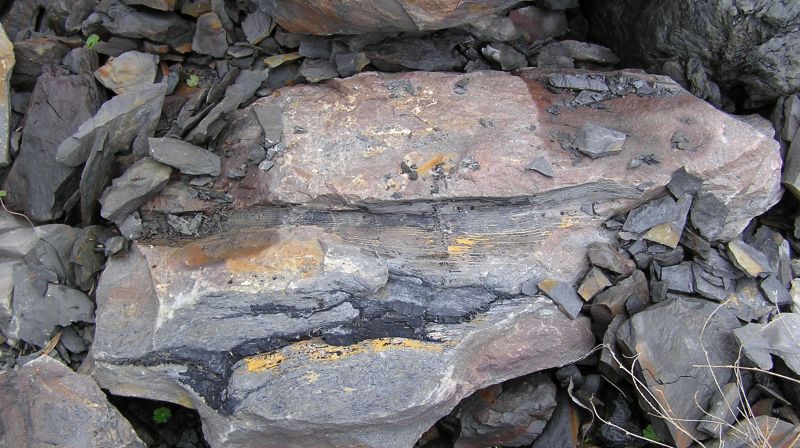
Calamites stem cast.
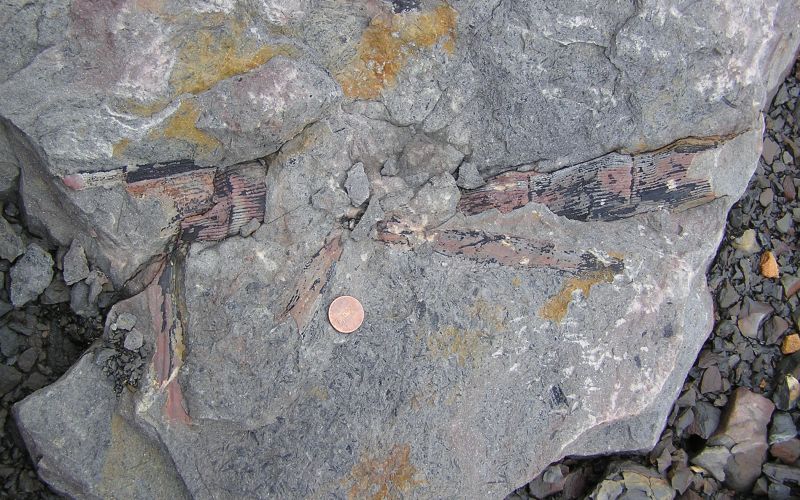
Nice calamites stem.
